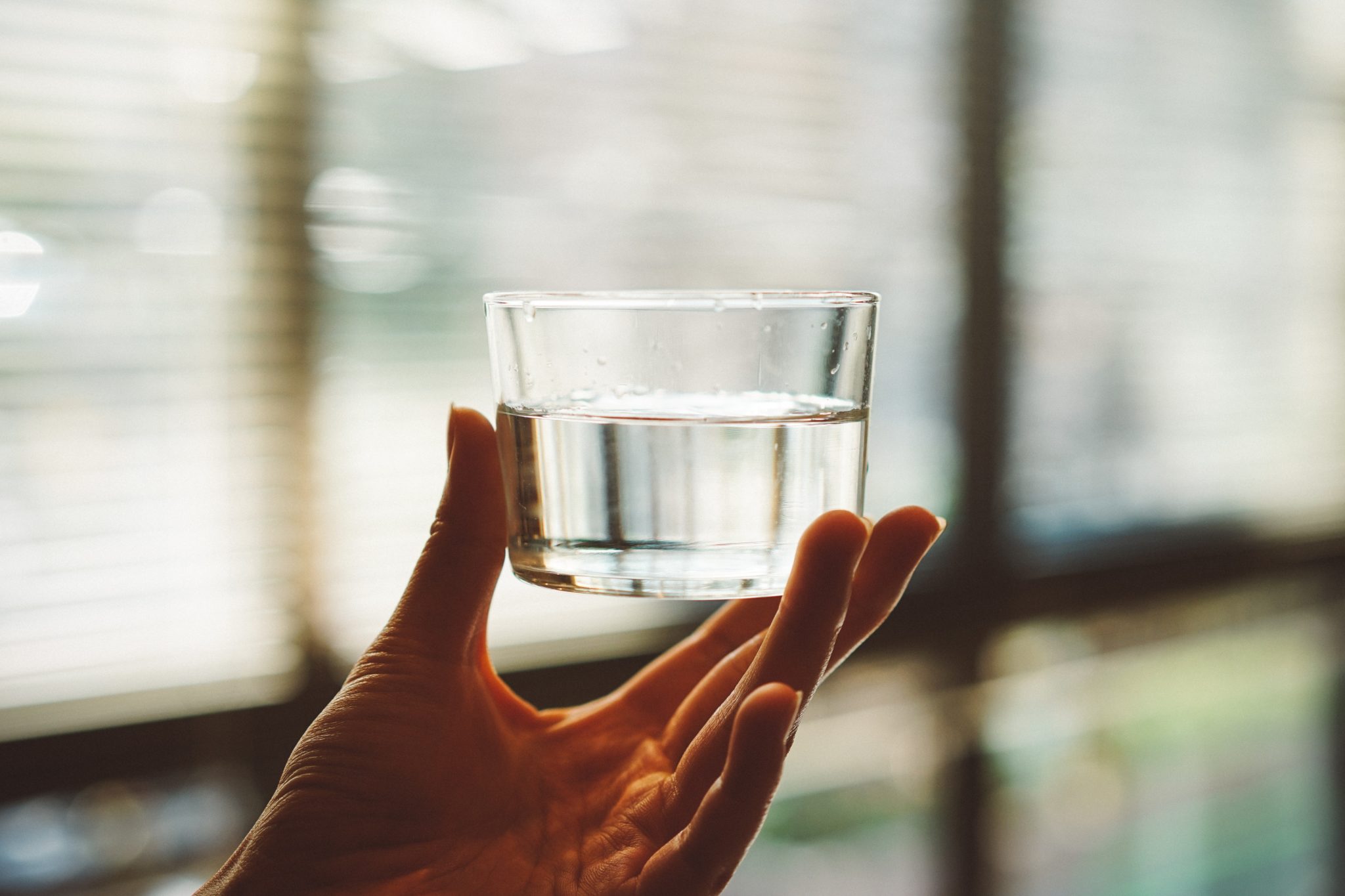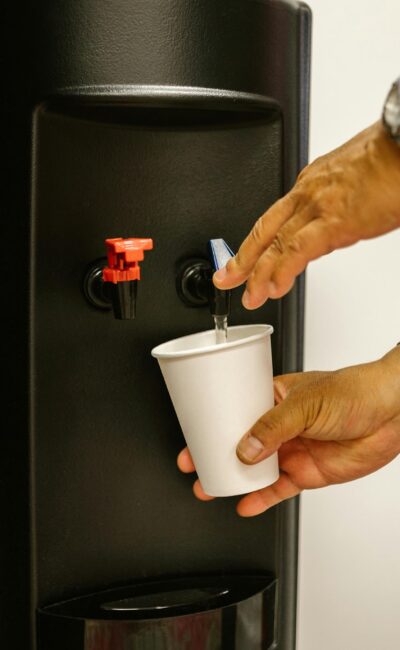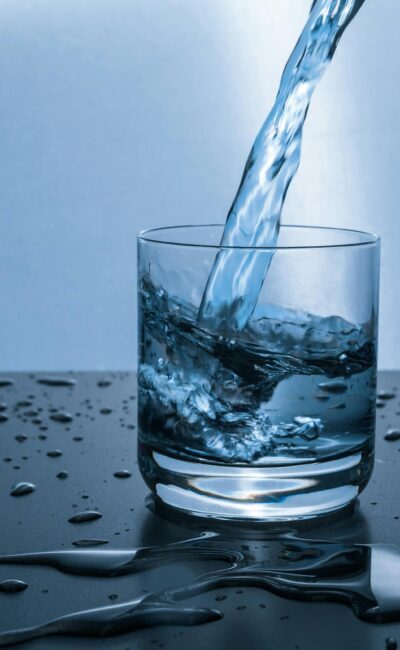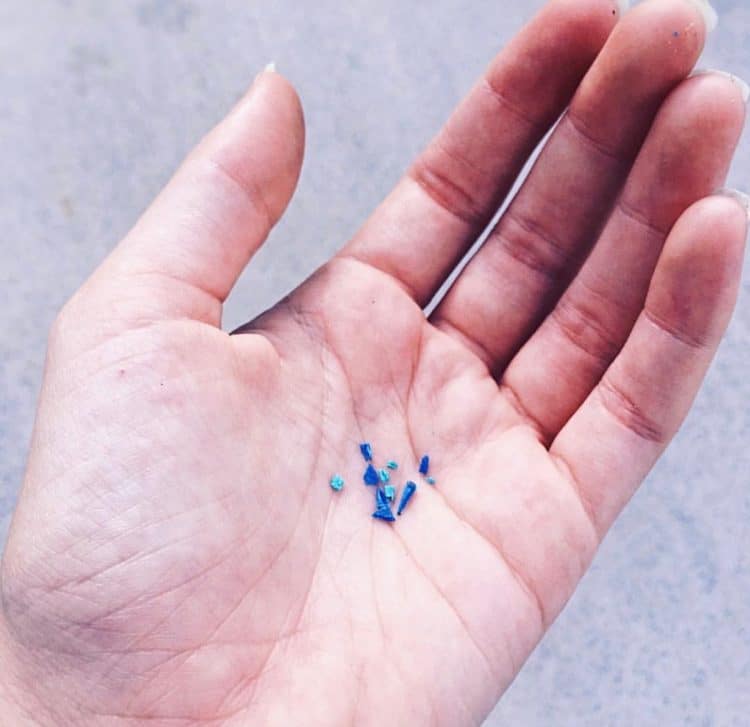Tap water contains a mixture of elements that affect its safety, taste, and smell. You may recognize seeing TDS on your city’s water reports, but what are TDS in water referencing exactly? TDS stands for Total Dissolved Solids. These dissolved substances are comprised of inorganic salts, such as calcium, sodium, potassium, and magnesium, as well as small amounts of organic matter dissolved in water.
The TDS found in tap water are a result of run-off from the street, industrial plants, city plumbing systems, and any other source that contributes to and can contaminate the originating water source. Additionally, a number of environmental factors can also elevate the number of total dissolved solids found in tap water.
Mineral springs, salt deposits, and saltwater are all sources of inorganic salts that can enter the main water system. Furthermore, in areas that freeze over, the increase of salts found in the water supply flows from what is used to de-ice roads and as part of water treatment chemicals used by the city. In short, many factors affect the level of TDS in water, which means not all tap water is of equal quality.
Are TDS Harmful to Health?
City water systems contain different levels of TDS, and officials say they do not pose a health hazard. On their own, in regulated amounts, TDS like potassium and calcium can actually be good for the body. However, whenever elevated amounts are present, the water tastes salty and affects water hardness, which can lead to corrosion.
Also, water with a high TDS level may contain arsenic, aluminum, copper, lead, and other contaminants above the drinking water standard set by The U.S. Environmental Protection Agency (EPA) and can be harmful to health.1 A TDS level of less than 600 mg/liter is generally considered to be good drinking water, but water becomes increasingly non-potable when TDS levels reach greater than 1,000 mg/liter.2 When the TDS concentration is this high, it’s typical to notice excessive water pipe scaling, which can not only affect the taste but also leave staining in the shower and on clothes or dishes.
Noticeable Effects of TDS in Water
The EPA has established National Secondary Drinking Water Regulations (NSDWR) for 15 contaminants, including TDS. Keep in mind, these regulations are not federally enforced but rather intended to be used as guidelines for the public water systems in managing drinking water.3 As a result, there is no set regulation that limits the number of TDS present in your tap water.
There are obvious ways to tell when tap water contains a high level of TDS or other contaminants. Unpleasant odors, color, and water pipe corrosion are all factors that indicate contaminants, including TDS, are in excess of the NSDWR. For example, chloride, sulfate, and TDS have a salty taste. Whereas, copper and zinc leave behind a metallic taste. Iron and manganese affect the water’s color, either to a reddish-orange or brownish-black. This leaves the water less than desirable to drink or use.
Also, TDS change the pH level of the water toward being acidic. And, several symptoms may occur from drinking highly acidic water, depending on the types of contaminants the water contains. These may include:
- Nausea and vomiting
- Diarrhea
- Abdominal pain
- Chills
- Suppression of the immune system
In extreme cases, consuming water with a high TDS concentration could lead to organ damage, as well as metal poisoning. Plus, it may cause damage to bone health, including slowly eroding tooth enamel.3 The fact is that without knowing what’s in the water at all times, it’s difficult to determine the number of TDS it contains and the effects it could have on a person’s health.
City Water Treatment Systems for TDS
In addition to potential symptoms of acidic water, TDS in water often results in undesirable tastes and odors, which could reduce the willingness of people wanting to drink it. There’s also the issue of corrosion to worry about, as well. Because of this, corrosion control is a significant part of a city’s water treatment process. Typical treatment is designed to control the acidity and alkalinity levels of the water. It benefits consumers by:
- Reducing the level of harmful contaminants in tap water
- Delivering cost savings due to extending the life of water lines
- Resulting in energy savings due to transporting water through uncorroded pipes
- Reducing water loss from leaking or other plumbing problems4
This is achieved through several different methods of corrosion control filtration, which may include:
- Coagulation. Chemicals with a positive charge are added to the water to neutralize the negative charge of TDS. As this occurs, the smaller particles bind with the chemicals to form floc. Sedimentation follows this step as the larger floc particles settle to the bottom of the water supply.
- Aeration. This process removes unpleasant odors, as well as elements like iron and manganese.
- Granular activated carbon. Another conventional water treatment method is designed to remove most contaminants that cause odors, color, and foaming.
- Reverse osmosis. This process removes both solid substances and TDS from tap water by purifying them through specialized membranes.4
These are a few of the main water treatment methods cities use to produce clean drinking water for communities. Although, each city has a different approach, which is why the contaminant level differs per municipality. An annual Consumer Confidence Report is sent to consumers to inform them of what types of contaminants and at what levels they’re found in the city’s drinking water. However, the accuracy may vary throughout the year due to different environmental changes.
Additional Water Treatment Methods
Many businesses take filtration a step further with additional water treatment methods, such as water softeners, distillation, and disinfection. Water softeners reduce the hardness of the water that can stain clothes and dishes. This is achieved by replacing calcium and magnesium ions, which are responsible for the water’s hardness, with sodium or potassium ions.
Distillation systems boil tap water and collect the steam and condense it in a separate container, which leaves many of the contaminants behind. Finally, disinfection is implemented to kill germs, bacteria, and viruses by using chlorine or chlorine dioxide or physical disinfectants such as ultraviolet light or heat. This may spark the question, how much chlorine is in tap water after the disinfection process takes place? It’s important to note that these methods are often used to treat water in public swimming pools and hot tubs versus drinking water.
All of these vary in effectiveness and cost, which factors into how often businesses implement them into their operations. They can be difficult to maintain and unsustainable. Plus, none of these water filtration methods alone remove all TDS and contaminants.
Water Purification That Removes Up to 99% of All Impurities
The FloWater Refill Station combines the effects of multiple water treatment systems to purify water using your existing water source. It’s convenient and cost-effective for use in all types of businesses, including schools, hotels, gyms, and offices. It removes TDS plus all lingering contaminants, odors, and tastes, leaving behind nothing but cool, crisp, and most importantly, pure water free of up to 99.9% of contaminants and dissolved solids found in tap water.
What makes the process unique is that FloWater utilizes a proprietary process of Advanced Purification which includes seven comprehensive stages to achieve its purity and delicious taste. At the same time, this seven-step purification process adds back essential minerals and electrolytes in regulated amounts to improve the quality of the water. Many other purification and / or filtration systems simply strip the good out with the bad or simply remove larger particles, but leave behind the microscopic contaminants that affect the drinkability of tap water.
Neutralizing Acidic Water
One of the most important stages is the fifth filter, the alkaline enhancement. This specific water filter adds a proprietary blend of ten trace minerals, which helps raise the pH of drinking water. By neutralizing the water’s acidity, it’s easier on the body and can help businesses save on energy costs due to reduced pipe corrosion.
Eliminating All Traces of TDS
This is one of the seven impactful filters that transform tap water into clean drinking water. However, the purification process starts with the sedi-carbon filter, similar to the sedimentation process a city’s water treatment process implements. This step captures dirt, dust, and other suspended solids and impurities from the originating water source, plus whatever exists in the pipes and leaches into the water as it streams into faucets.
The second carbon filter removes the smaller particles not visible to the eye. These include radon, chlorine, heavy metals, and other contaminants. It also removes any unpleasant odors, colors, or tastes from the water that often results due to the TDS level.
The third filter uses Advanced Osmosis to purify tap water at a rate of up to five times more efficient and up to five times faster than other reverse osmosis systems or water treatment systems on the market. A semipermeable membrane removes bacteria, lead, viruses, pesticides, TDS, and any contaminants that are not captured through the first two filters.
Improving the Water Quality
Once the water is completely purified, the next phase is adding important elements to the water to help naturally sanitize it and improve its quality. Activated oxygen in small amounts is added in the fourth step. Activated oxygen naturally sanitizes the tanks and internal system to help ensure it is free of viruses and bacteria.
Then, there is the electrolytes enhancement. At this stage of the process, electrolytes are added to the pure water for health benefits and taste. These are electrolytes similar to the same ones found in coconut water and sports drinks to stay hydrated and energized. Lastly, FloWater’s system is completed by passing through the coconut carbon filter which gives FloWater its distinctively crisp, fresh and delicious taste. It absorbs any lingering odors or unpleasant tastes, leaving the water perfectly purified.
The FloWater Refill Station makes getting purified water easy and convenient for all types of businesses to help keep employees and guests healthy and hydrated. Invest in the future of your health and the health of others by saying goodbye to any unwanted dissolved substances commonly found in tap water with the use of our FloWater Refill Station.
Sources:
1). “Water Testing Total Dissolved Solids Drinking Water Quality.” Water Research Center. https://www.water-research.net/index.php/water-treatment/tools/total-dissolved-solids
2). “Total dissolved solids in drinking water.” World Health Organization. https://www.who.int/water_sanitation_health/dwq/gdwq0506_10.pdf
3). “Acidic Water: Risks, Benefits, and More.” Healthline. https://www.healthline.com/nutrition/acidic-water
4). “Secondary Drinking Water Standards: Guidance for Nuisance Chemicals.” The United States Environmental Protection Agency. https://www.epa.gov/sdwa/secondary-drinking-water-standards-guidance-nuisance-chemicals





